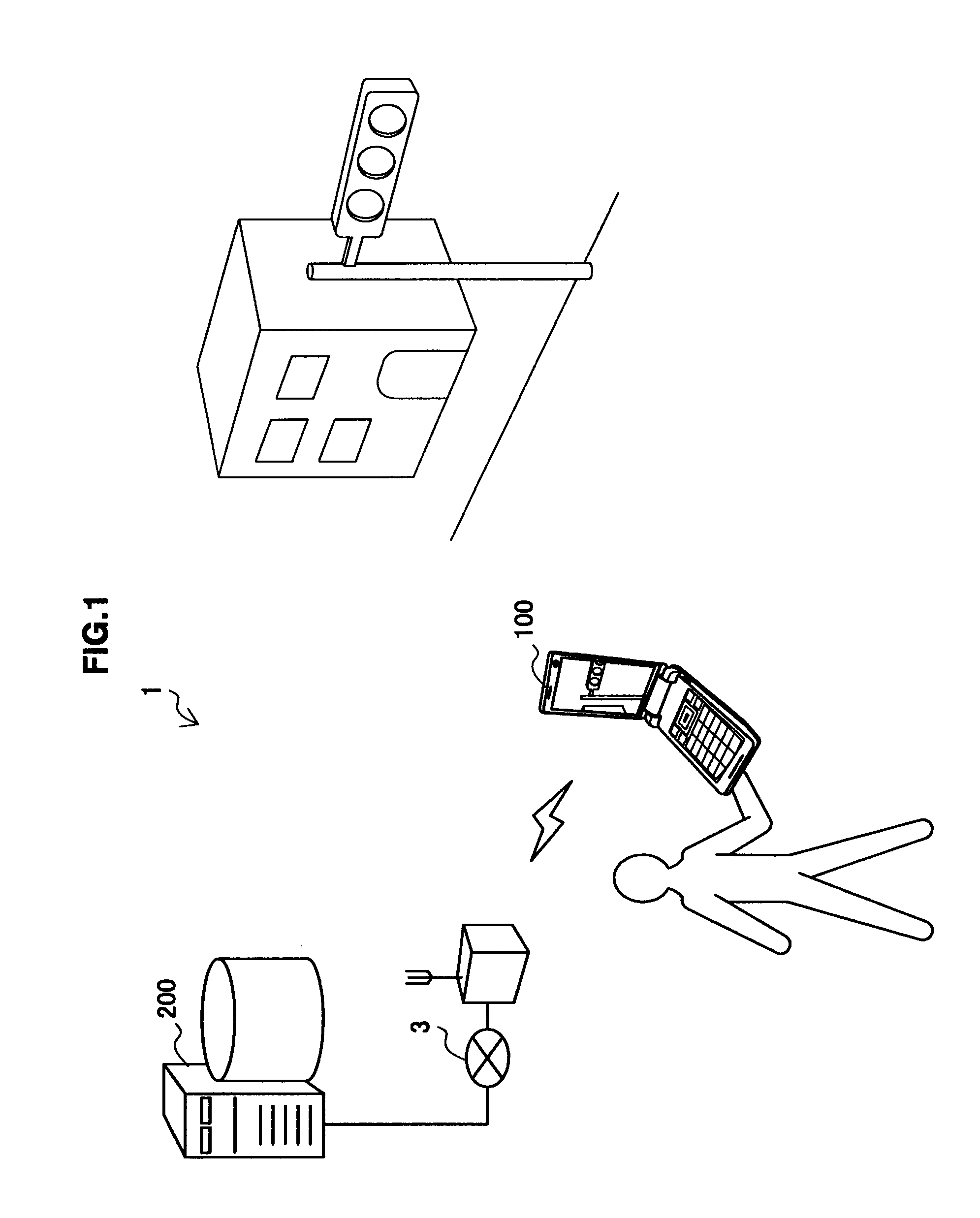Terminal device, information processing device, object identifying method, program, and object identifying system
a technology of information processing and terminal devices, applied in the field of terminal devices, information processing devices, object identification methods, programs, etc., can solve the problems of affecting the rapid response of applications, affecting the processing cost, and restricting the identification performance, so as to achieve the effect of high object identification performan
- Summary
- Abstract
- Description
- Claims
- Application Information
AI Technical Summary
Benefits of technology
Problems solved by technology
Method used
Image
Examples
first example
(1) First Example
[0122]FIG. 8 is an explanatory diagram illustrating a first example of a dictionary subset acquired by the dictionary acquisition unit 260. Referring to FIG. 8, the rank of a checked score, which is obtained as a result of identification performed by the identification unit 250, is shown for each object ID in the feature dictionary (Arg 1) 240. In the example of FIG. 8, the checked score of the object B1 is the highest and ranks first. The checked score of the object B2 is the second highest and ranks second. The checked score of the object B6 ranks k-th. The dictionary acquisition unit 260 acquires from the feature dictionary (Arg 2) 242 the feature quantities for the objects associated with ranks that exceed a threshold value, for example, whose checked scores rank first to k-th. Then, the dictionary acquisition unit 260 outputs, as a feature dictionary to be provided to the terminal device 100, a subset 242a of a feature dictionary including the acquired feature ...
second example
(2) Second Example
[0124]FIG. 9 is an explanatory diagram illustrating a second example of a dictionary subset acquired by the dictionary acquisition unit 260. In the second example, the feature dictionary (Arg 1) 240 has, in addition to the “object ID,”“name,” and “feature quantity” for each object, predefined data called “co-occurring object.” The “co-occurring object” represents a list of objects that have a high possibility of co-occurring with each object. In this specification, a state in which a second object exists near a first object is rephrased as: the first object and the second object “co-occur.” In the example of FIG. 9, co-occurring objects of the object B4 are the object B5 and the object B9. This means that when an input image is identified as including the object B4 (a traffic light D), it is highly probable that the object B5 (a vehicle E) or the object B9 (a road sign) appear in the following input image. Using such data, the dictionary acquisition unit 260 can ac...
third example
(3) Third Example
[0125]FIG. 10 is an explanatory diagram illustrating a third example of a dictionary subset acquired by the dictionary acquisition unit 260. In the third example also, the dictionary acquisition unit 260 acquires not only the feature quantity for an object that is already in the input image but also the feature quantity for an object that is predicted to appear in the following input image. In the third example, the object that is predicted to appear in the following input image is an object that is determined, from positional data, to be located near the object that is already in the input image. Referring to FIG. 10, the feature dictionary (Arg 1) 240 has positional data (latitude and longitude, or other coordinate data) for each object. For example, the position of the object B1 is X1, the position of the object B2 is X2, and the position of the object B3 is X3. Among them, the distance between the position X1 and the position X2 is less than a threshold value, e...
PUM
 Login to View More
Login to View More Abstract
Description
Claims
Application Information
 Login to View More
Login to View More - R&D
- Intellectual Property
- Life Sciences
- Materials
- Tech Scout
- Unparalleled Data Quality
- Higher Quality Content
- 60% Fewer Hallucinations
Browse by: Latest US Patents, China's latest patents, Technical Efficacy Thesaurus, Application Domain, Technology Topic, Popular Technical Reports.
© 2025 PatSnap. All rights reserved.Legal|Privacy policy|Modern Slavery Act Transparency Statement|Sitemap|About US| Contact US: help@patsnap.com



